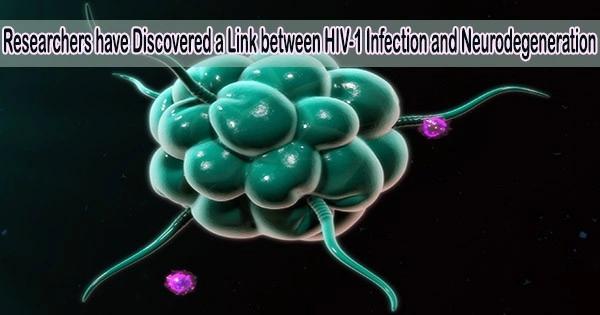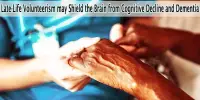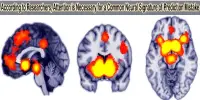According to a recent study published in Nature Communications, researchers from Northwestern Medicine have revealed how HIV hijacks intracellular mechanisms to multiply and contribute to neurodegeneration.
More than 39 million people globally were living with HIV at the end of 2022, according to data from the World Health Organization (WHO). Anti-retroviral drugs are the mainstay of HIV treatment today. These drugs lessen the amount of the virus in the body, but they don’t always stop the infection from spreading or cure it.
“In addition to causing acquired immunodeficiency syndrome (AIDS), human immunodeficiency virus type 1 (HIV-1) enters the central nervous system in around 80% of infected individuals, resulting in neuronal damage that often leads to HIV-associated neurocognitive disorders (commonly abbreviated as HAND),” said Mojgan Naghavi, Ph.D., professor of Microbiology-Immunology and senior author of the study.
“Although HIV-1 does not infect neurons, it does infect brain-resident myeloid cells such as macrophages and microglia. However, how and why HIV-1 infection causes conditions such as HAND has remained enigmatic,” said Naghavi, who is also a member of the Robert H. Lurie Comprehensive Cancer Center of Northwestern University.
Previous research from the Naghavi laboratory revealed that amyloid precursor protein (APP) is highly expressed in macrophages and microglia and restricts HIV-1 replication. To counteract this, HIV-1 promotes APP processing which ultimately results in the production of toxic beta-amyloids that contribute to HAND, according to Naghavi’s previous research.
Although HIV-1 does not infect neurons, it does infect brain-resident myeloid cells such as macrophages and microglia. However, how and why HIV-1 infection causes conditions such as HAND has remained enigmatic.
Professor Mojgan Naghavi
Buildup of beta-amyloids is thought to be a major contributor to neurodegeneration in a variety of dementia-associated diseases, including Alzheimer’s, but how and why beta-amyloid is produced in HIV-infected patients and its contribution to HAND had remained a mystery, Naghavi said.
In the current study, Naghavi and her collaborators sought to identify the underlying mechanisms of APP’s antiviral function.
“We addressed these questions and in doing so, bridge a second fundamental question in disease biology by providing insights into unique yet poorly understood aspects of HIV-1 replication in specific immune cell types,” Naghavi said.
According to the study, Naghavi and her associates discovered that APP processing takes place within subsets of multivesicular bodies (MVBs), which are also necessary for HIV-1 replication.
These MVBs are normally sorted via amyloidogenic processing into lysosomes, which are organelles that eliminate cellular trash. This clears amyloids and represses HIV-1 replication. In response, HIV-1 switches MVB sorting from lysosomes to exocytic pathways, which not only helps the virus replicate but also boosts beta-amyloid secretion.
After making this discovery, Naghavi and her colleagues treated cultured cells with a clinically approved inhibitor of the APP processing pathway and discovered that it effectively prevented HIV-1 from accessing the MVBs, hence preventing viral replication in macrophages and microglia.
“The findings point to this pathway as a potential therapeutic target for HIV-associated neurocognitive disorders,” Naghavi said.
Inhibitors that have already received clinical approval and could one day be used to treat HAND could benefit from the findings, according to Naghavi. Moving forward, Naghavi and her collaborators will continue to study the relationship between HIV-1 and APP.
“We are currently trying to understand how HIV-1 and APP influence each other’s vesicular localization and function, and thereby the fate of infectious virus and toxic amyloid production,” Naghavi said.














